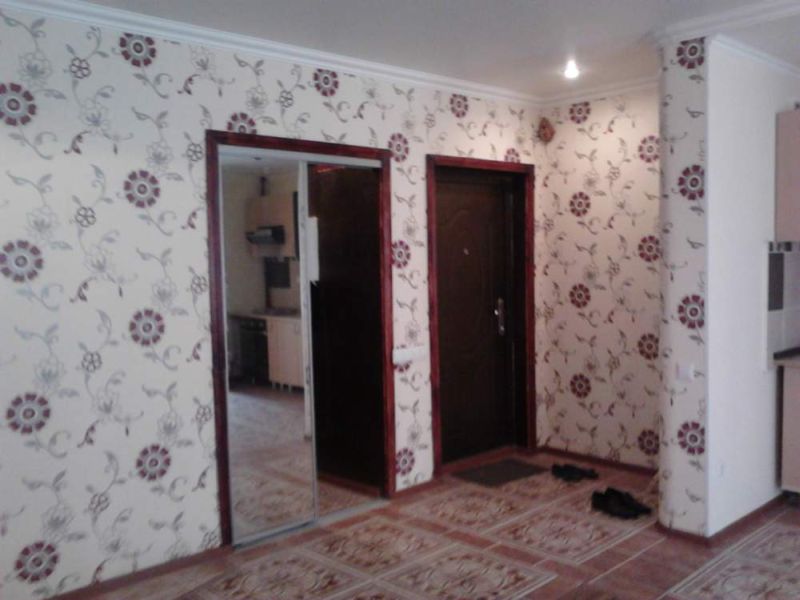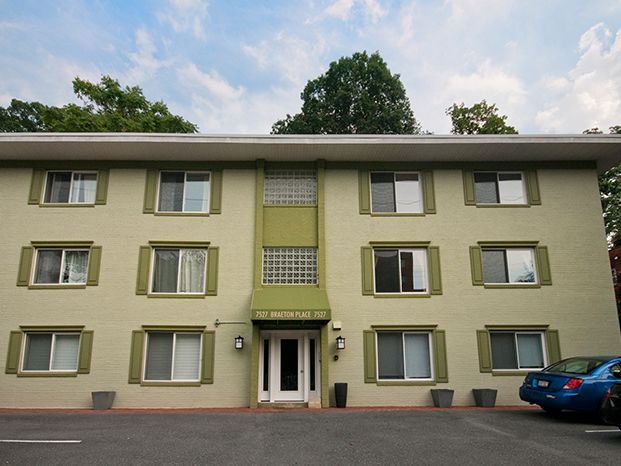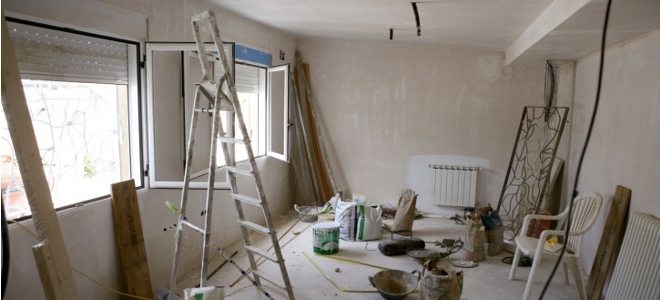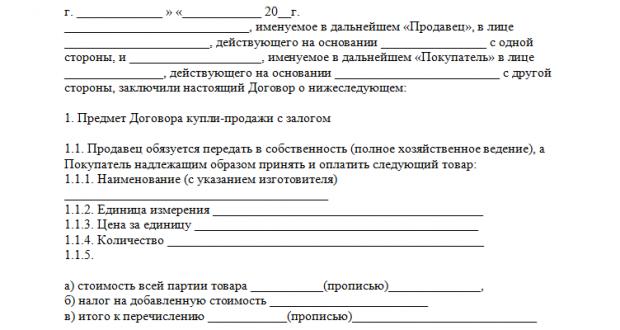What is a room? A question that affects everyone who deals with construction documentation or takes part in a dispute over the right to premises. Consider the regulatory aspects and types of premises. We also pay attention to the order of their use.
What is a room
On the forums of legal topics, discussing this issue, visitors refer to SNiPs. Depending on the year of publication of the document, variants of interpretation of the concept are proposed. After all, the fact is that laws, in particular LCDs, describe only the difference between residential and non-residential premises. They do not explain what the premises themselves are.

In the latest version of SNiP, a room is considered to be a space in a building limited by building structures and having a specific purpose.
One of the earlier definitions is a unit in a real estate complex, allocated and used for residential and non-residential purposes. The ownership of the state or private individuals is noted. Thus, even at the legislative level, there is no decision what the premises are.
Types of premises
Now we focus on the provisions of the LCD. What is the premises it does not say, we are talking only about a residential unit. The law defines the latter as an isolated room, which is suitable for permanent residence of people and is considered real estate. Suitability for people is compliance with sanitary and technical standards.
Non-residential premises are its opposite and are not intended for human habitation. Otherwise, sanitary and technical requirements are also imposed on him.
Non-residential premises include isolated spaces used for different purposes. They are always part of the buildings. In the building, both residential and non-residential premises can be present at the same time, which, for example, is found in the same apartment buildings. The SNiP describes all kinds of buildings and their requirements.
Premises for people
The law explains which premises are offered for living. The list is set forth in the LCD:
- residential building or its part;
- an apartment or part thereof;
- room.
Residential building refers to individual buildings consisting of several rooms. Their number is determined by the project. The same goes for the number of floors. In addition to living rooms, the house has auxiliary facilities to meet the needs of people living in the house.

An apartment is one separate room, from one or more rooms and auxiliary rooms. Residents of the apartment have access to common areas.
A room is a part of a residential building or apartment that is directly used for people to live.
Terms of use
The terms of use of the premises, both residential and non-residential, are regulated by the clauses of the agreement. At the same time, sanitary and technical standards cannot be ignored. For example, to arrange industrial production in an apartment or to inspire people in a room not suitable for living. The provisions of the contract may not contradict regulatory acts.
Changing the order of use of the premises is possible when transferring the dwelling to non-residential, the reverse procedure is also allowed.
Rights Object
What is a room? Housing and civil law treats premises as a separate object of rights. For example, when allocating part of a house for use or for dividing one house into two or more possessions.

It became normal to conclude real estate transactions involving citizens and legal entities.In particular, the acquisition of real estate as a property, for rent, its donation. Sometimes an exchange is made with a surcharge.
How transactions are conducted
The first type of transaction is a purely private initiative, public interests are not affected in it (rent-sale, exchange). How the relationship between the contract and the premises is implemented:
- a draft contract is being drawn up;
- parties submit documents for registration;
- an entry is made in the state register of rights.
Until the registration stage has been completed, the transfer of ownership is not considered completed.
The order applies to both solid objects and individual rooms. If the interests of children who are not even owners are affected, an agreement is not concluded without the consent of the guardianship authorities.
Some real estate transactions are concluded only with the participation of a notary. Citizens have the right and on their own initiative to turn to him when the law does not oblige them to this.

If the document does not comply with the norms of the law, it will not be accepted for registration or will be refused in it after consideration of the application.
At the same time, in the case of a lease agreement, it is possible to circumvent the registration requirement by concluding an agreement for a period of less than 12 months.
Agreement Nuances
If the subject of the contract is a dwelling, the law imposes additional requirements regarding its conditions. For example, when buying and selling residential real estate, according to the civil code, all persons entitled to live in the premises are listed in the text of the contract. The registration law obliges to pre-register an object with cadastral registration. Without information from the registry of rights, the contract will not be registered.
There are other nuances in legislative acts, the ignoring of which prevents the conclusion of an agreement or casts doubt on an already concluded one.
Private rental
There is a whole chapter in the Civil Code governing the rental of premises from a citizen or organization that is not related to the state. It describes the essential conditions on which housing is provided. Short-term agreements and long-term contracts are distinguished. The terms of the agreement depend on the choice of the parties.

In some cases, the parties are given a choice in determining their rights and obligations; in other situations, deviation from the norms of the law is not allowed. The conclusion of a contract on a private basis is a freer procedure than its purchase from the state at no cost.
But there are limitations. So, the maximum term of the contract is 5 years. Social recruitment is not limited in time. Housing from a specialized fund is issued for the period of service, work or training.
The procedure for concluding an agreement with a private person
Citizens discuss the conditions and set them out on paper. If previously there were fixed agreements, then one of the parties sends the draft contract, the second has the right to either reject it or send a protocol of disagreements with its proposals in response.

Formalization of relations is characteristic of transactions involving legal entities. Ordinary citizens use ready-made versions of agreements from various sources.
State Contracts
We are talking about the implementation by the state of obligations for social support of citizens when housing is provided for a minimal fee or without it. Examples of this are social hiring or housing in official housing.
What are the features of providing housing on behalf of the state or municipalities?
A preliminary application is submitted, documents confirming the right to help from the authorities are attached to it. Having considered the application, the authorized body decides to agree with the application or to refuse to satisfy the request.
On the basis of the decision, a placement warrant is issued, then, on the basis of the warrant, a room rental contract is concluded. In court practice, an illegal order makes the agreement concluded on its basis illegal.
The agreement is a model document with information about the tenant. Any changes to the conditions are considered invalid and, if there is a discrepancy with the standard contract, the wording from the standard document is applied. Conditions are based entirely on the provisions of the LCD.
Responsibility for the condition of the premises
Repair of the premises is carried out by the owner. If it is leased, the responsibility passes to the tenant. At the same time, repairs may remain the responsibility of the owner. Often the following scheme applies: current repairs are carried out by the tenant, and capital repairs by the owner.
- Individual houses are repaired by the owners themselves, multi-unit at the expense of special funds (regional programs for major repairs are in place throughout the country).

- During overhaul, structural elements of the building, bearing walls, roof, etc. are affected.
- Regulatory acts clearly define the framework for capital and current repairs.
- In addition to repairs, measures are being taken to maintain the premises and adjacent territories in the proper manner.
- The owner is obliged to pay for repairs and maintenance in full. Persons occupying housing on social hiring terms pay only part of the services, the rest is paid from the budget - at the expense of the owner.
Finally
The regulatory framework does not pay attention to the explanation of what the premises are. Other issues are considered significant, in particular, the difference between residential and non-residential buildings, the procedure and conditions for concluding contracts.
Both citizens and the state take part in the transactions. Moreover, authorities are present in the real estate market due to the need to perform social functions - providing housing to socially vulnerable people.
